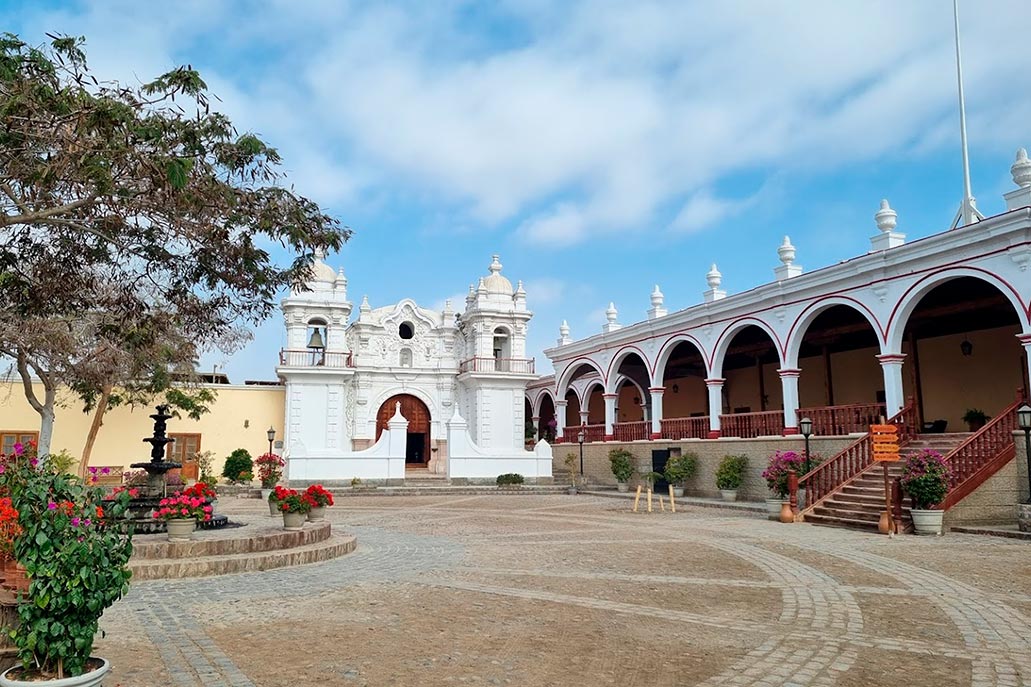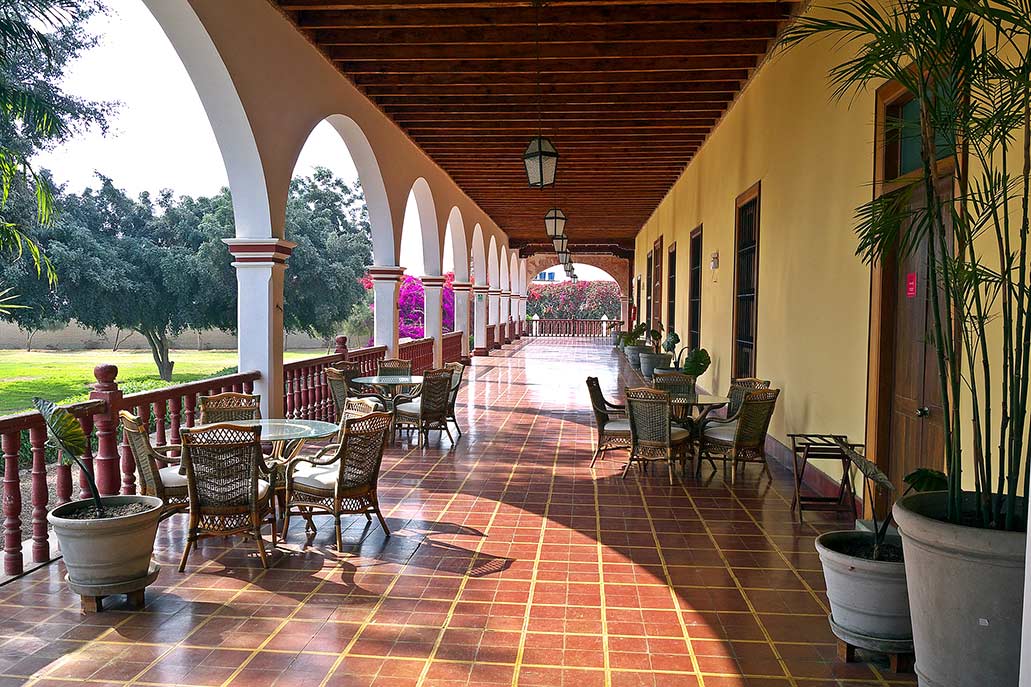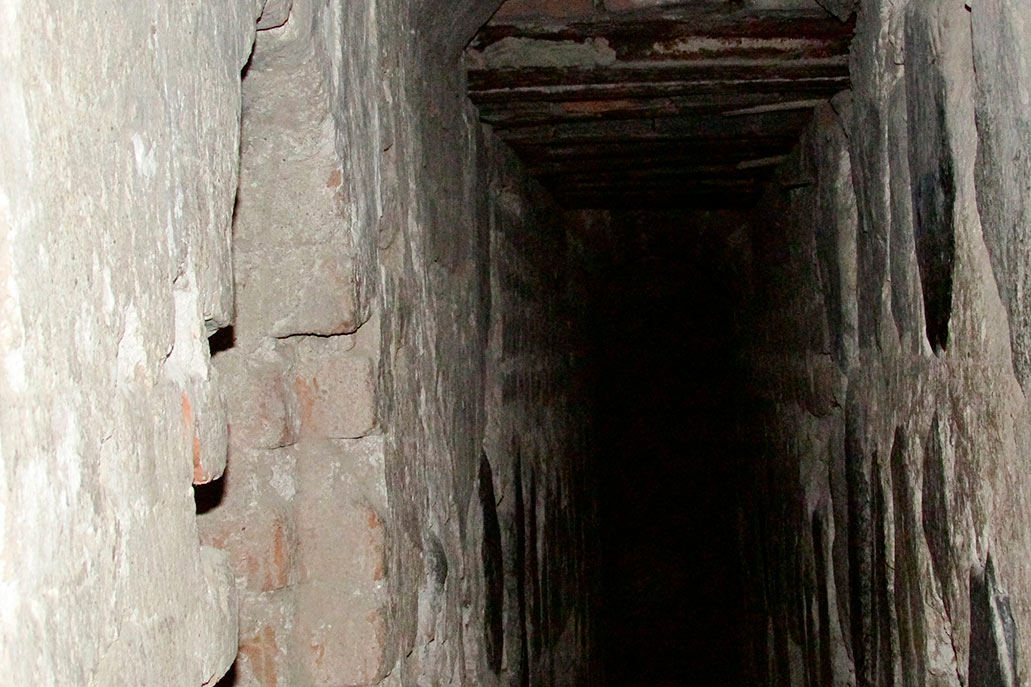Hacienda San José and its secrets
The Hacienda San José, located in Chincha, that is, about 200 km south of Lima. It was one of the main production houses for sugar cane and cotton. In this sense, they resorted to cheap labor to improve their productivity. It is said that the landowners, then owners of all these lands, were one of the main importers of African slaves. This hacienda, which is now a hotel, is a clear reference to slavery and colonial life in Peru.
Content
How is the San José hacienda?
It was built at the end of the 17th century, considered one of the most important haciendas of that time. It began with the production of sugar and cotton, for this, the owners brought many slaves from Africa, it is estimated that during the first years of production they did not have a large number of slaves, they did not reach 90 people, over the years they reached 1000 people in a state of slavery, which were subjected for more than 100 years.
In this sense, the construction of the hacienda improved over time, until it reached its current state. It is currently a hotel and at the same time it has been considered Cultural Heritage since 1970. It is located precisely in the district of El Carmen, 20 minutes from Chincha. It has finishes that correspond to the colonial era, especially in the infrastructure and the façade, this is combined with modern facilities for those who decide to spend the night or vacation in this area.
History of the San José hacienda
The first owners and builders were Josefa de Muñantones y Aguado with Andrés Salazar, they were in charge of creating the foundations of one of the largest sugar and cotton production houses. This happened from the year 1688, almost 100 years later, precisely in 1764, there would be a new marriage of one of the descendants, this marriage was between: Rosa Salazar and Fernando Carrillo de Albornoz y Bravo de Lagunas. With this marriage, economic control became widespread.
Both expanded the business and became creditors of the San Regis farm, which belonged to the Jesuits. In this way, their export and productive domain was strengthened, so they would need more slaves, reaching a number close to a thousand workers under dubious conditions. These subhuman conditions encouraged the slaves to escape from the plantations. Some of them died as a result of the punishment, others fled without recording their actions, and others joined the liberating army of José de San Martín when his troops landed in Pisco.
With the arrival of the liberation army, the owners abandoned the Hacienda San José, the new owner being the state of the new regime. For a while it was used as a military point to strengthen the libertarian campaigns.
However, years later one of the legitimate heirs, Petronila Zabala, regained possession of the hacienda at the end of 1827. Another important change is that 20 years later slavery It was abolished, but some slaves continued to work on the plantations of this hacienda. In the War of the Pacific, Julio Carrillo de Albornoz y Mendoza, the last heir to the San José Hacienda, was assassinated by slaves on the main staircase of the hacienda. The widow sold all the assets to the president’s brother B. Leguía and later he sold it to Manuela Eguren in 1913. Together with her children, she started another type of trade where cotton was sold directly to England, they also began raising cotton. of cattle.
An important step in the liberation of slaves was taken with the proclamation of freedom of José de San Marín in 1821, where the freedom of wombs was ordered, that is, no one could be considered a slave at birth. However, it was not until 1854 that slavery was abolished by decree on December 3 in Huancayo.
Secret tunnels for slaves?
Inside the main rooms of the San José hacienda, you can find secret doors that connect with stairways that lead to tunnels of more than 34 kilometers. These tunnels connect the hacienda with four others. However, the main connection point was the Port of Chincha. This was the main point because it was the best way to evade taxes. How so? Everything is because slavery, being considered a business, had to pay taxes, one way to avoid this was by hiding the income of this “merchandise” from the eyes of prosecutors. The tunnels had this main function, since through the tunnels that connected directly with the port, new arrivals were transferred to the farms where they would work.
The commitment to black slaves arose because, during all that time, they were denied vestiges of humanity and were considered work animals. If we go back to the history of the farm, we will find that indeed as a company they achieved great progress, however, all this occurred with the lives of thousands of people. Some of these were left between these tunnels to avoid burying them and just let them rot little by little.
These were not all the functions that these tunnels had, at the same time, they served to provide escape routes for the owners of these places. During the times of the colony and the beginning of the republic, the presence of pirates was such that nobody wanted to face them, the only option was to escape. The connection of the 5 haciendas probably led to a single destination, the local church. Although it is estimated that there are tunnels with multiple escapes.
These tunnels were uncovered by the 2007 earthquake that dropped some foundations that were trying to hide their presence. Probably the extension of these tunnels is larger, the total extension and the destinations that are connected through these tunnels cannot be assured yet.
Can I visit the tunnels of Hacienda San José?
Currently it is a hotel that can be visited by anyone who wants to spend vacations in a peaceful place, but with countless stories. It has some decorations from colonial times and also the furniture typical of that time.
The visit lasts approximately one hour, groups are established with an official guide in charge of providing information corresponding to each facility. You can also visit its main galleries, the catacombs and tunnels, the punishment rooms, the chapel and more. To improve your experience and avoid setbacks, it is better to coordinate a reservation.
Other activities that can be seen is the exhibition of some artisan fabrics, this is only given on weekends in coordination with local artisans. It is also possible to participate in the cajón and dance classes, these two classes are typical of the Afro-Peruvian cultural tradition, every Saturday at 5:00 p.m. If you are a guest, you can access other activities such as bike rides and contact with animals.
By Machupicchu Terra – Last updated, August 28, 2023


